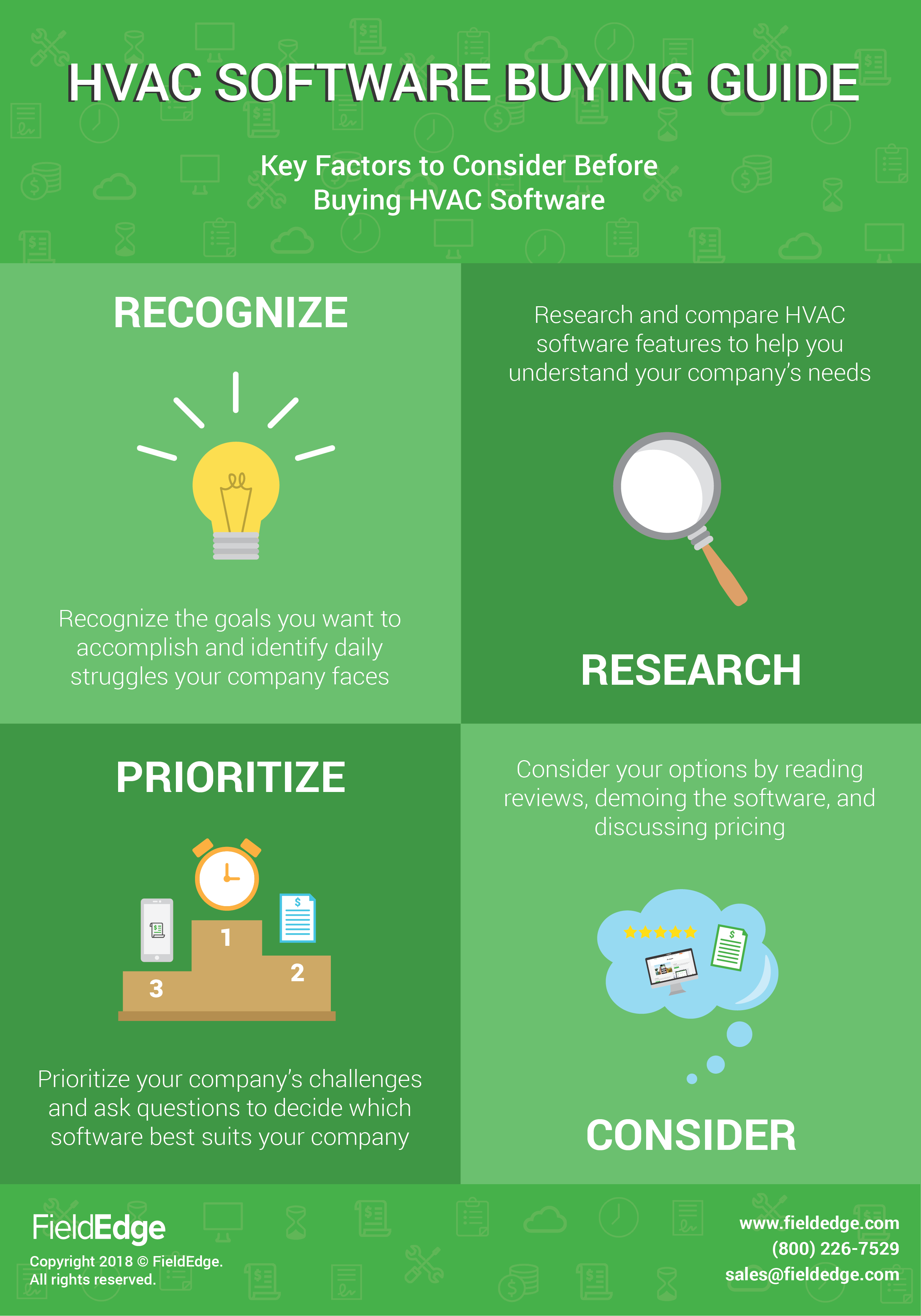Making The Most Of Convenience And Cost Savings - Tips For Optimizing Your Heat Pump Performance
Making The Most Of Convenience And Cost Savings - Tips For Optimizing Your Heat Pump Performance
Blog Article
Material Written By-MacKay McDonough
Whether you possess a heatpump or have an existing central heating boiler back up, there are a few points that can be done to enhance your system for reliable operation. By following these ideas, you can make the most of comfort and cost savings without straining your system or acquiring power bills.
Adjusting your thermostat for efficiency is among the initial steps. Making use of zoning capacities to restrict heating of empty rooms is an additional reliable method.
1. Set Your Thermostat to the Right Temperature
As the seasons change, stabilizing convenience and cost efficiency can be an obstacle. Fortunately, a few easy tips can assist you reduce power usage and maximize cost savings.
Beginning by determining the most effective temperature for your family, then establish your thermostat as necessary. Prevent making large jumps up and down in the temperature level setup, as this will certainly create your heat pump to cycle on and off more regularly, consuming much more energy.
Rather, progressively reduced the temperature level in the evening for a more comfortable resting environment. Then, elevate it somewhat in the early morning. Bear in mind to maintain air vents open and routed downward when home heating, and up when cooling to maximize flow.
2. Examine Your Device On A Regular Basis
A heat pump system needs very little upkeep, yet it is very important to inspect the unit routinely to catch any issues prior to they end up being severe. Tidy indoor filters on a timetable established by the producer or when they're visibly dirty, and make sure outside systems have at the very least 2 feet of clearance to enable air movement.
Examining the device will also consist of cleaning, tightening electric terminals, and running performance tests to make certain accuracy during heating and cooling down settings. It's advised to have a professional service the heatpump two times a year. Performing these routine solutions can make best use of energy cost savings and extend the life of the system.
3. Clear Snow and Ice Around the System
Heatpump are developed to operate outdoors and need to be devoid of snow and ice in order to flow air. If your heat pump is obstructed by snow and can't reel in air, it will certainly toggle in between heating & cooling and may strain.
It is very important to clear a two-foot clearance around your outside unit in order to enhance airflow and stop ice accumulation. Heatpump commonly go into a defrost setting in the winter season to melt ice and snow but this procedure can be problematic if your unit is blocked by way too much snow. mouse click the following article will decrease your energy performance and cause costly fixing bills in the future.
4. Inspect the Refrigerant Levels
A heatpump utilizes refrigerant to cool your home in summer season and warm it in winter season. You can aid maximize its efficiency by consistently inspecting the refrigerant levels.
It takes extra power to transform the temperature of your heatpump from a comfy setting to a cooler one than it does to maintain that temperature. Changing the temperature level for short time periods can also lose energy.
Dripping air ducts and unclean air filters can cause irregular temperatures. They can also make your heatpump less efficient and cost more to operate. A professional can locate and fix these problems to improve your heatpump's performance.
5. Optimize Your Zoning Capabilities
Making use of the zoning abilities of a heat pump can aid to minimize power waste by warming only occupied areas. This not only lowers energy usage but also reduces operating expense and extends the life of the system.
The Build Balanced Zones device makes use of a hereditary algorithm to build areas that satisfy needed zone structure standards. These standards consist of equivalent location, density, and equivalent variety of features.
Furthermore, by making use of clever thermostat technology to maximize the temperature level setups based upon occupancy patterns and organizing, you can better improve your heat pump's performance. Preserving a tidy air filter, making sure correct insulation and having your ductwork assessed for effectiveness can all add to enhanced energy savings too.
6. Shielding https://www.newsobserver.com/news/local/article262457272.html ask whether it's worthwhile to plant shade trees near their outdoor air conditioning system (AIR CONDITIONING) unit. The solution is usually of course, as shielding the AC unit can help reduce warmth from the sunlight, which subsequently aids it cool down extra successfully.
Nonetheless, it is necessary to keep in mind that shielding the a/c unit does not always cut power usage. As discussed in the Conversation area of the FSEC record, the temperature level of the bordering air has a larger impact on cooling performance than does the quantity of air pulled in by the air conditioning system.
If your a/c compressor is on the south side of your house, take into consideration planting high, deciduous trees with vast, vast canopies. These can offer ample color within one year.